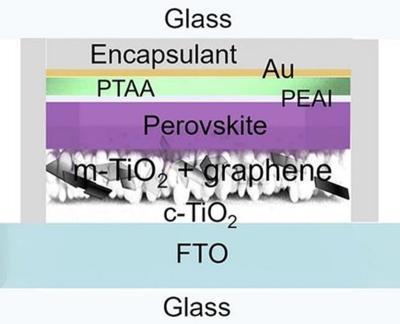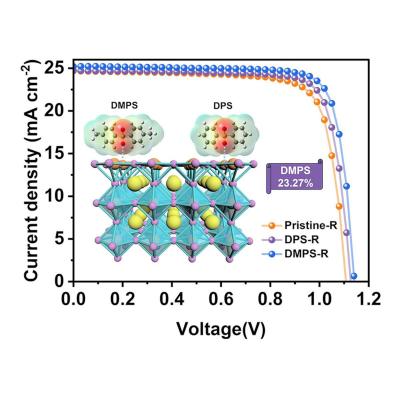Researchers develop efficient 2D Dion-Jacobson perovskite solar cell based on MXene contacts
Researchers at India's Chitkara University Institute of Engineering and Technology have developed 2D perovskite solar cells with MXene materials to build a PV device with remarkable efficiency and open-circuit voltage. The scientists claim the new cell architecture can help charge carriers move smoothly through the cell layers and reduce recombination losses.
The team's 2D DJ perovskite solar cell implemented bandgap grading techniques and use contacts based on a functionalized two-dimensional titanium carbide known as MXene. MXenes are compounds that take their name from their graphene-like morphology and are made via selective etching of certain atomic layers from a bulk crystal known as MAX. Recently, MXenes materials have shown promise for use in PV technology due to their unique optoelectronic properties, such as their large charge carrier mobility, excellent metallic conductivity, high optical transmittance, and tunable work function (WF).





